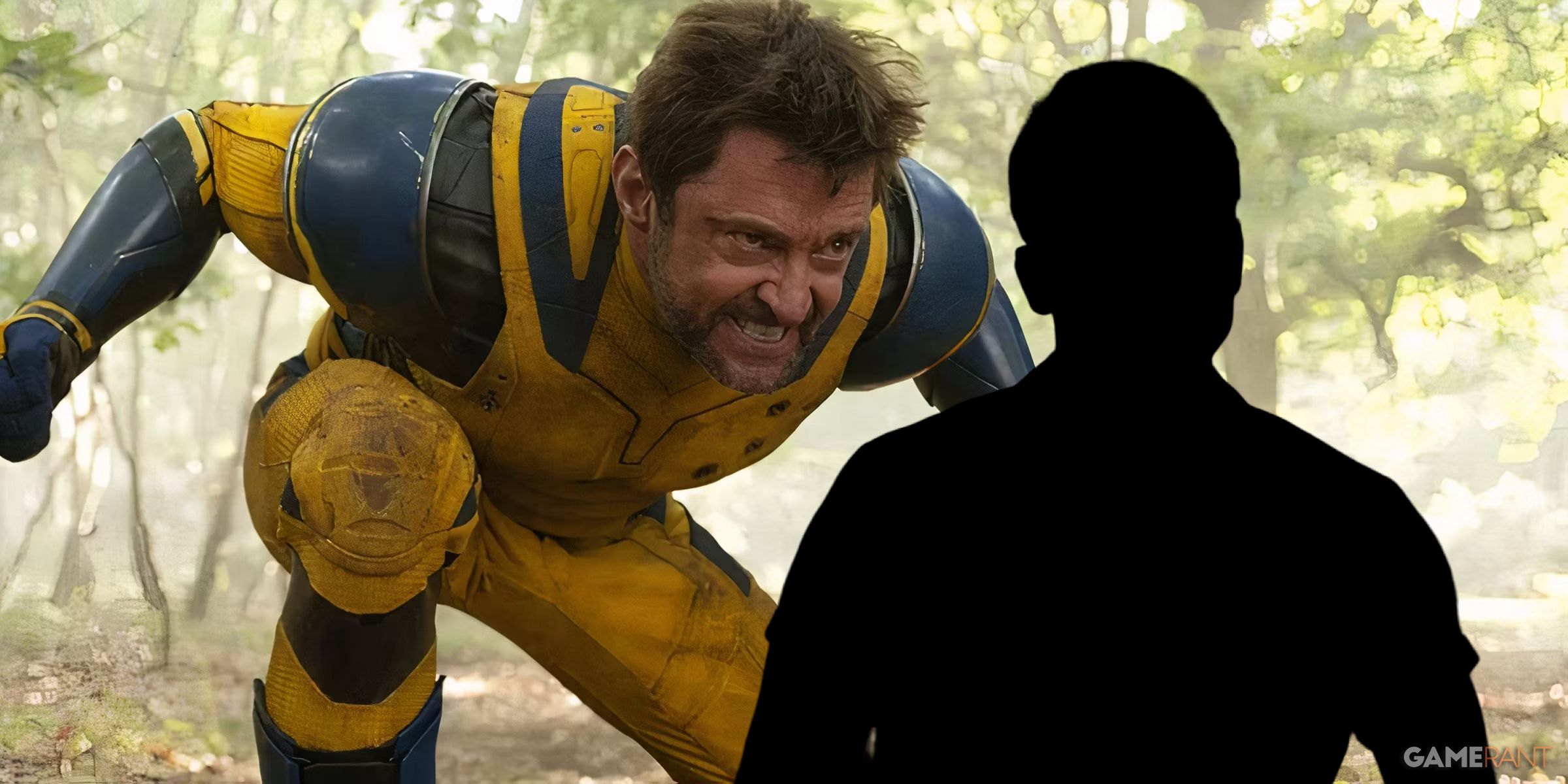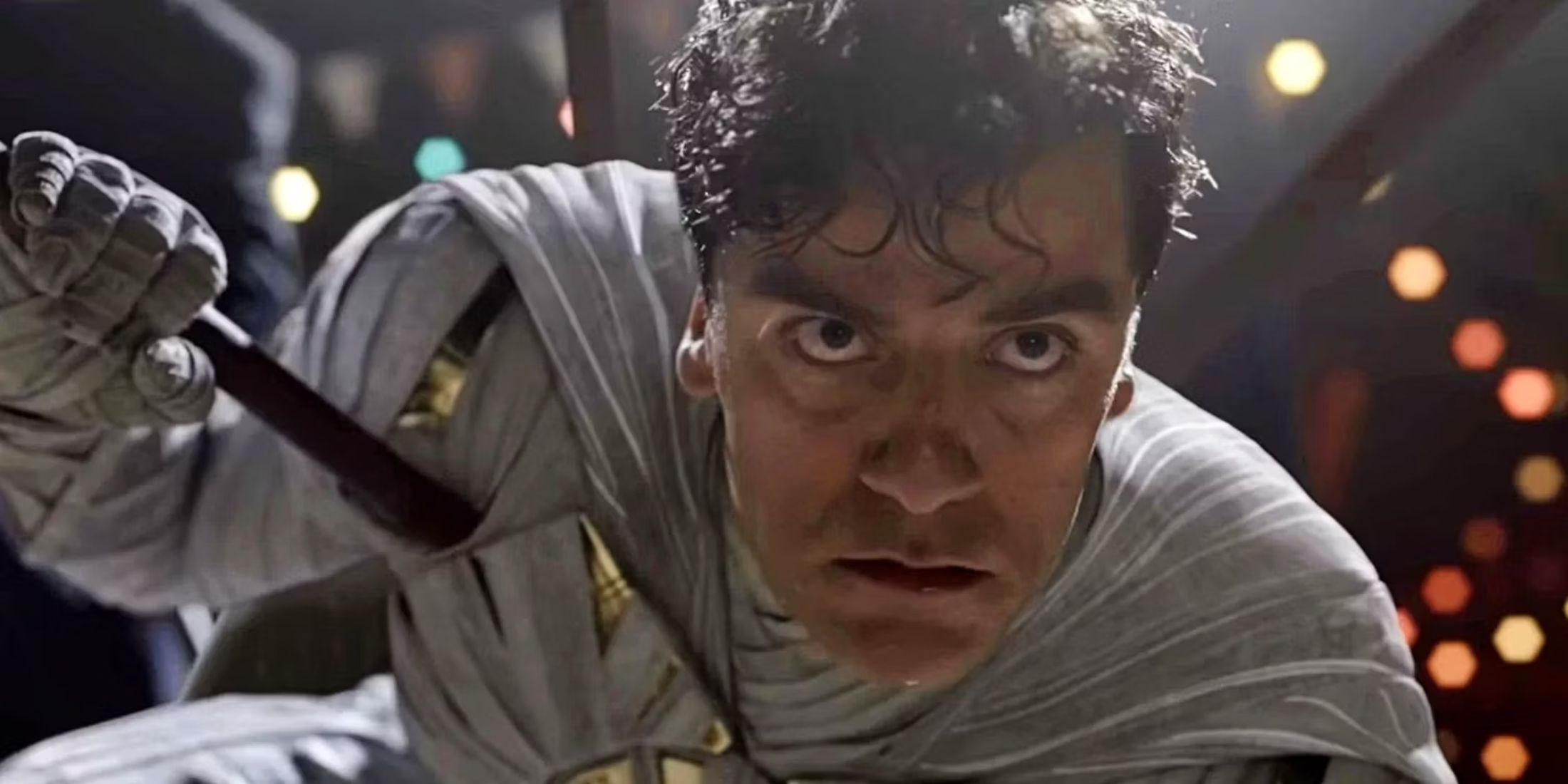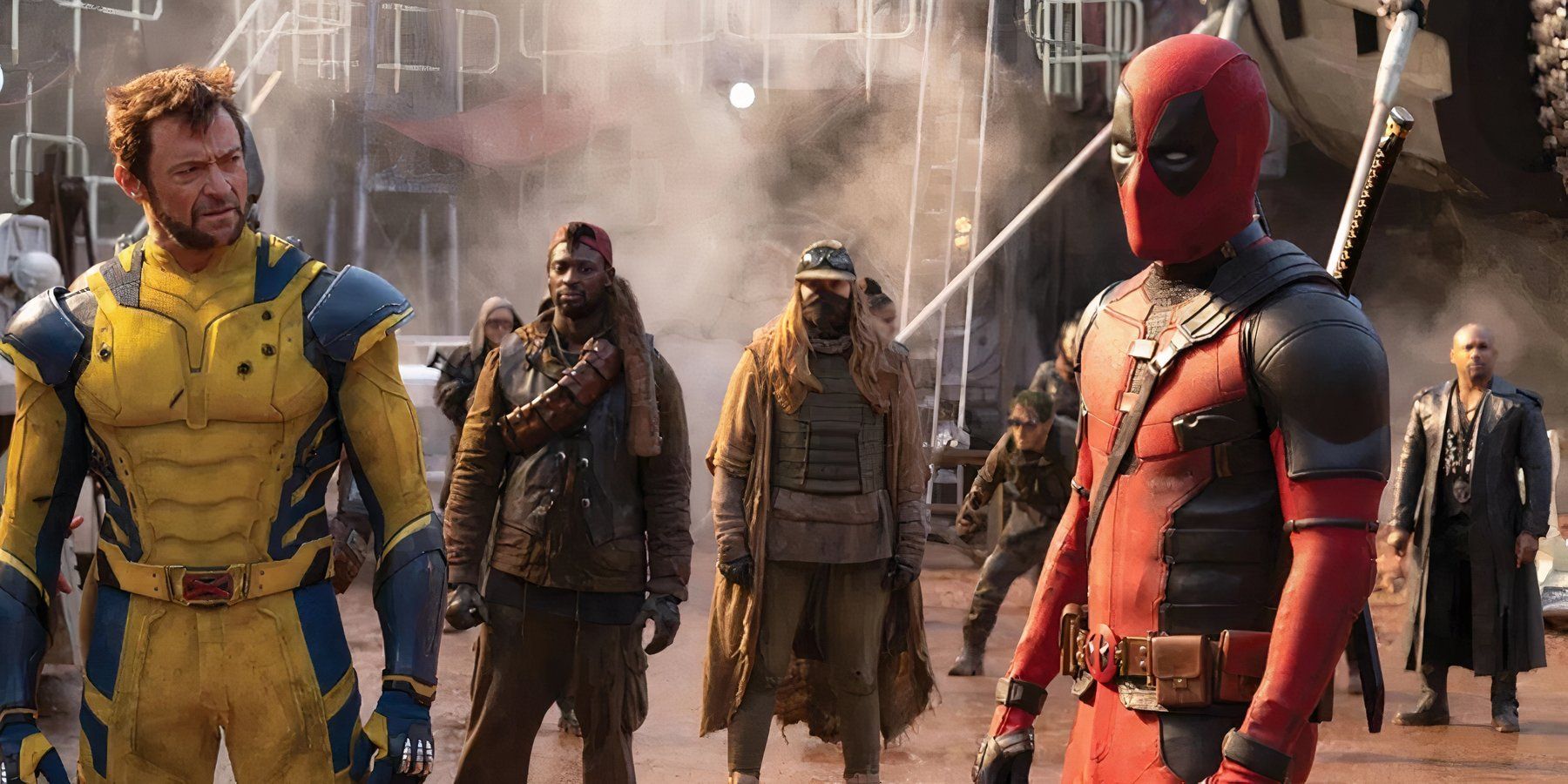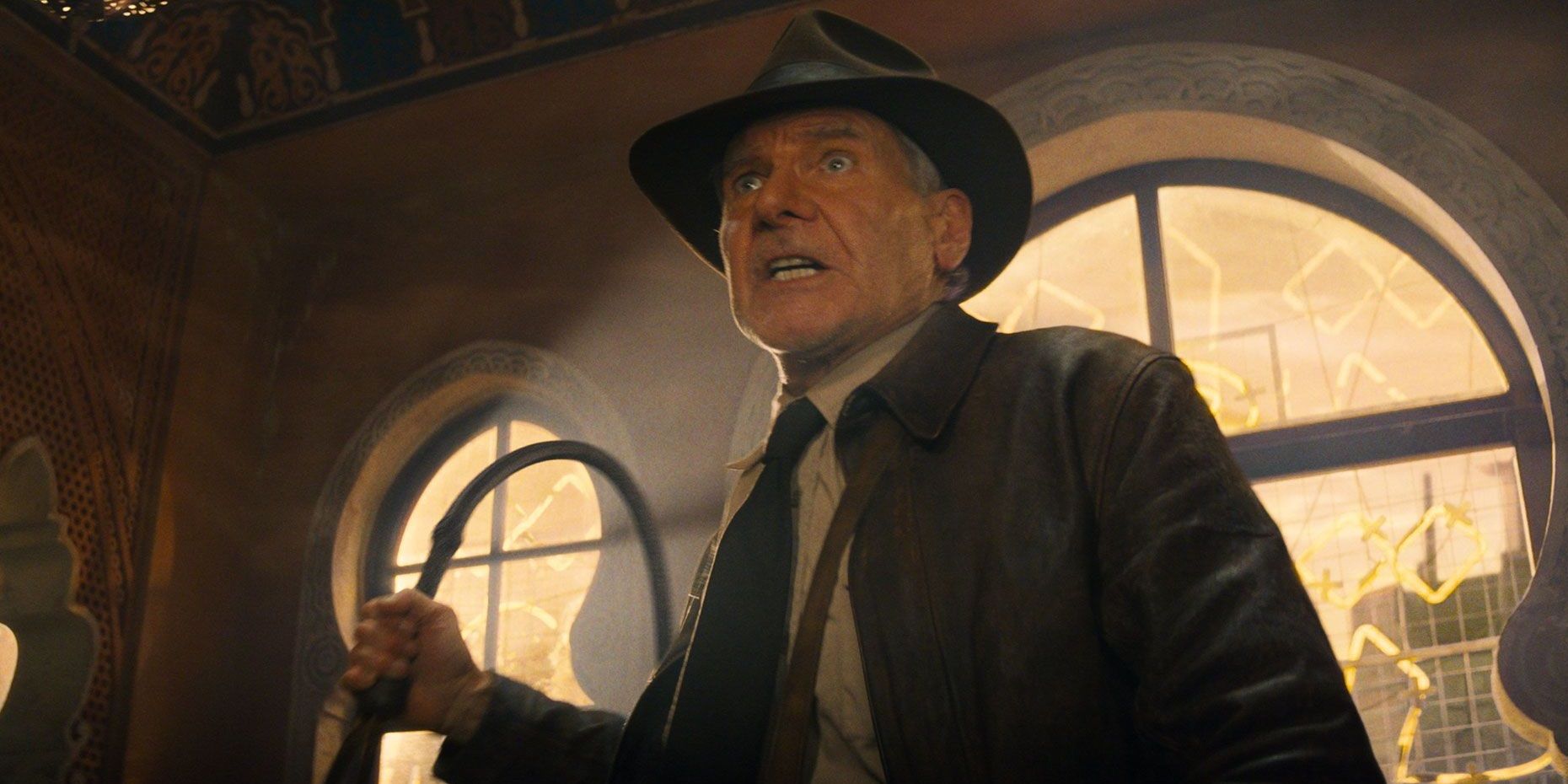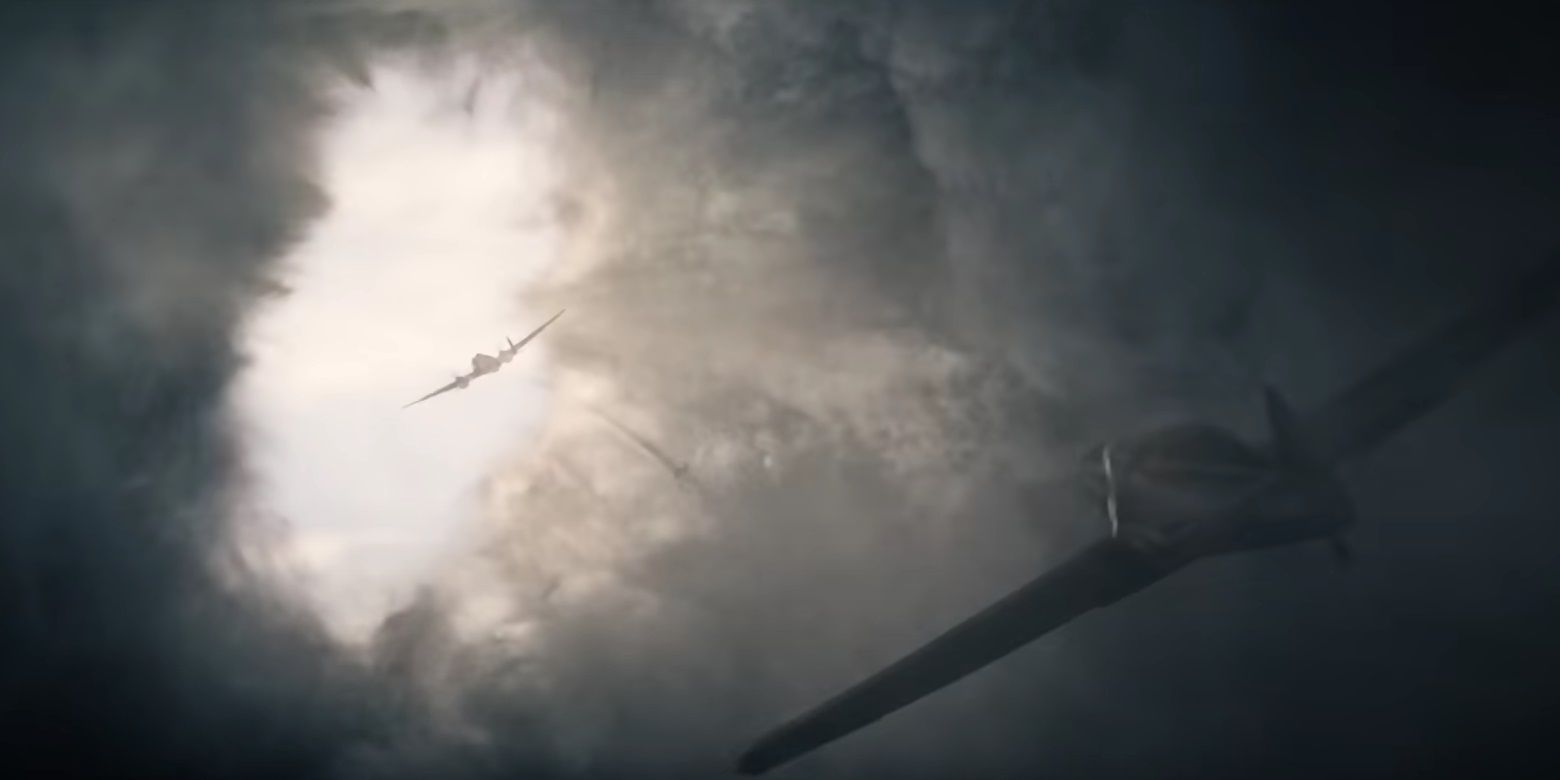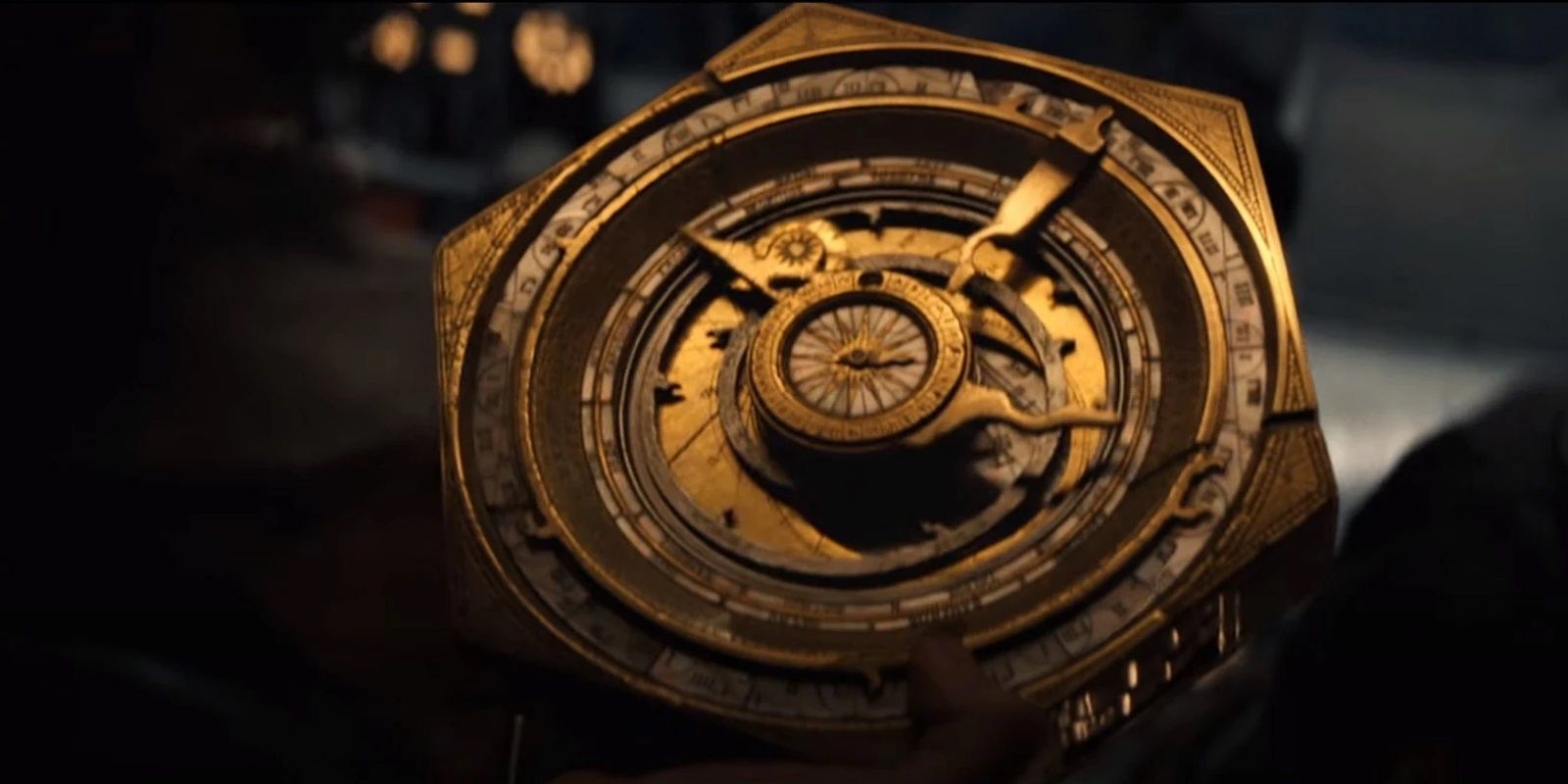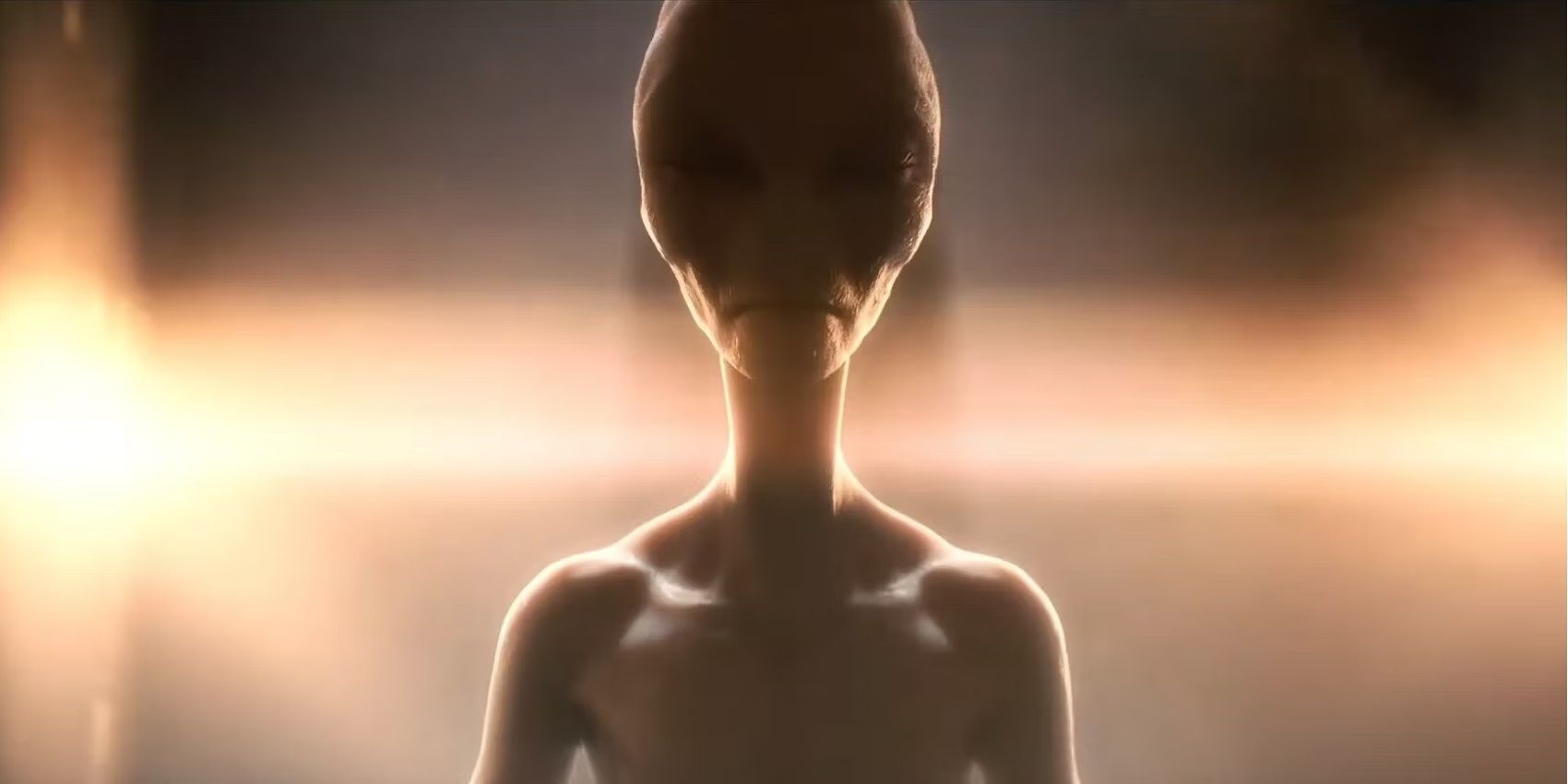The ending of Indiana Jones and the Dial of Destiny introduces yet another sci-fi concept to the Indy-verse, but it works a lot better than the alien storyline in Kingdom of the Crystal Skull. Indiana Jones and the Dial of Destiny isn’t exactly a satisfying send-off for one of the most iconic action heroes in movie history, but that’s partly due to the fact that Indy already had a perfect send-off when he rode into the sunset in The Last Crusade and got another perfect send-off when he married Marion Ravenwood at the end of Kingdom of the Crystal Skull. The only reason another Indiana Jones movie was made was because Disney bought Lucasfilm and wanted some bang for its four billion bucks.
As another old-school action adventure, Indiana Jones and the Dial of Destiny succeeds admirably. Harrison Ford gives a truly committed final performance as Indy and Phoebe Waller-Bridge provides a hilarious foil as his sidekick and goddaughter, Helena Shaw. Dial of Destiny is full of great action sequences, like the horseback chase through the patriotic parade to the tuk-tuk chase through the streets of Tangier. It’s a pretty standard Indiana Jones adventure right up until its final act when it takes a bold step into science fiction. Dial of Destiny takes a few baffling turns towards its ending as a portal to the past opens up in the sky and a crucial miscalculation has dire consequences.
What Happens At The End Of Dial Of Destiny?
At the end of Indiana Jones and the Dial of Destiny, Indy is captured by the villainous Jürgen Voller and brought to an old Nazi plane. Voller intends to use the Antikythera to travel back to World War II and alter history so that Germany comes out on top. However, when they fly through the time portal into the past, they find that Archimedes rigged the dial to bring its users to the 212 B.C. Siege of Syracuse, so they could help his people fend off the Roman invasion. While Voller and his men die in a fiery crash when their plane is mistaken for a dragon, Indy and Helena ride a parachute to safety.
When Indy meets Archimedes himself, he decides he wants to remain in the past. He doesn’t have a place in 1969, so he doesn’t want to go back. Instead, he wants to spend his retirement living through the ancient history that he spent his whole life studying. However, Helena isn’t ready to give up her beloved father figure, so she knocks Indy out cold and brings him back through the time portal to the present day. This leads to an epilogue that is very sweet and heartwarming, but feels like a reshoot tagged on at the last minute. Marion arrives for a quick cameo, Helena sets up a possible spin-off, and Indy grabs his hat from the washing line.
Dial Of Destiny's Time Travel Fits The Franchise's Focus On History
At first, the inclusion of time travel in an Indiana Jones movie seems preposterous. It recalls all the complaints about the use of aliens, or “interdimensional beings,” in Kingdom of the Crystal Skull. Veering into full-blown science fiction felt off in an Indiana Jones film. But, unlike aliens, time travel isn’t just an arbitrary sci-fi concept that the writers plucked out of thin air. Dial of Destiny doesn’t quite stick the landing with its time travel plot – it feels rushed with the time-traveling crammed right at the end of the movie – but it ties into the franchise’s theme of preserving history. “It belongs in a museum!” is one of Indy’s most quotable lines because it speaks to his passion for history and protecting historical artifacts.
One of the downsides is that Indy’s jaunt to 212 B.C. is all too brief. It might have been a more poetic ending to let Indy stay in the past like he wanted. This would’ve been a definitive way to end Indy’s story without killing him off. As it stands, the door is still open for yet another sequel (and, while it’s unlikely, the existence of Dial of Destiny itself proves it’s not an impossibility). Letting Indy stay in the past to explore the places and meet the people he’s been studying for his entire life would’ve marked a beautiful end to Indy’s journey.
How Dial Of Destiny Succeeds Where Crystal Skull Failed
The time travel storyline highlights how Dial of Destiny succeeds where Kingdom of the Crystal Skull failed. Kingdom of the Crystal Skull introduced little green men and flying saucers as a cheap throwback to the sci-fi B-movies of the 1950s. But Dial of Destiny’s time travel is much more character-driven, keeping its focus on the culmination of Dr. Jones’ decades-long on-screen journey. In that sense, Dial of Destiny functions as a more satisfying ending to the Indiana Jones series than Kingdom of the Crystal Skull. Indy was always fascinated by ancient history, and in the end, he got to be a part of it.

